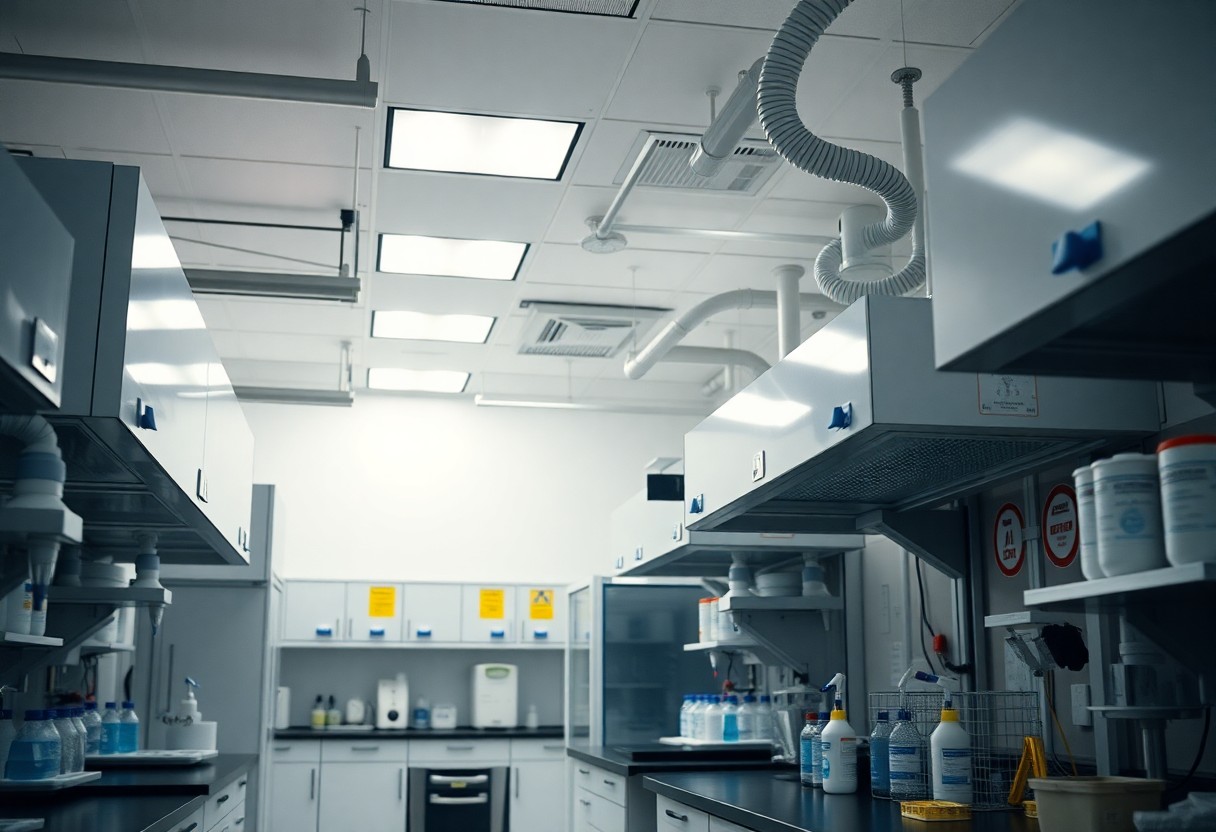Just as you wouldn’t compromise on the quality of your tools, ensuring adequate ventilation is just as necessary when working with chemicals. Proper chemical fume ventilation is important for maintaining a safe and productive working environment, particularly in areas where potentially harmful fume emissions can occur. Understanding the importance of well-ventilated spaces can significantly reduce risks associated with inhaling toxic vapors, thus enhancing your overall safety and health.
First and foremost, you should recognize that when you work with chemicals, whether in a lab, workshop, or manufacturing facility, the fumes can pose serious health risks. Harmful vapors from various substances can lead to both immediate and long-term health effects, including respiratory issues, headaches, dizziness, and even more severe conditions. This is why you should make it a priority to work in well-ventilated areas that allow for the continuous flow of fresh air while swiftly dispersing any hazardous fumes produced during your tasks.
One of the best practices is to utilize local exhaust ventilation (LEV) systems. These mechanical systems help capture and remove airborne contaminants right at the source. You can enhance your safety measures by ensuring that LEV systems are properly maintained and inspected regularly for optimal performance. Check filters and ducts for blockages, leaks, or any signs of wear and tear that could affect airflow.
Additionally, you should ensure that areas where you handle chemicals are equipped with an appropriate number of air exchanges. A good rule of thumb is to aim for around 6 to 10 air changes per hour in a workspace where chemical use is prevalent. Sufficient air exchange will dilute any harmful fumes and provide a safer environment for you and your coworkers.
If your work environment doesn’t have a built-in ventilation system, you can also supplement with portable ventilation equipment. These portable units can provide immediate relief by circulating fresh air and exhausting contaminated air from your work area. However, be sure to choose units that are suitable for the specific types of chemicals you are using, as some may be more effective than others depending on the fume properties.
Furthermore, it is important to keep windows and doors open when weather permits. Natural ventilation can enhance the air exchange rate, helping to reduce the accumulation of toxic fumes. However, ensure that such actions are appropriate based on weather conditions and environmental safety protocols.
Lastly, you should also educate yourself and your colleagues about chemical handling procedures and the significance of ventilation in mitigating risks. Regular training and knowledge sharing can empower everyone to take active roles in maintaining a safe working atmosphere.
By paying attention to chemical fume ventilation and making efforts to work in well-ventilated areas, you significantly lower the risks associated with chemical exposure. Your health and the health of those around you depend on it, so make sure that safety is always at the forefront of your operations.

Leave a Reply